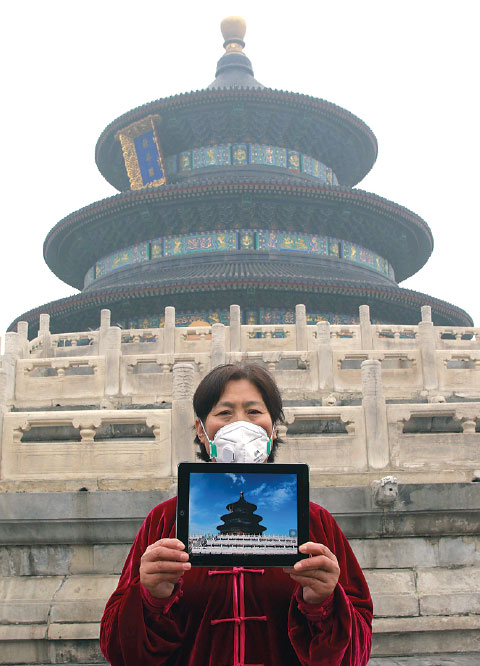Debate flares as smog lingers
Updated: 2015-12-09 07:51
By Zheng Jinran(China Daily USA)
|
||||||||
Pollution likely to be at its worst on Wednesday, remain hazardous for days
Heated debate raged among Chinese experts on Wednesday over why severe pollution is being seen more frequently in China.
As dense smog continued to shroud Beijing, most experts blamed the widespread use of low-quality coal for home heating during winter - on top of heavy industrial discharges and vehicle emissions.
Dense smog was affecting northern areas of the country, crippling industry and transportation and affecting more than 300 million people.
The smog is expected to reach its worst levels on Wednesday before beginning to lessen later in the week, but will probably remain hazardous until Saturday, the Ministry of Environmental Protection said.
Apart from Beijing, Dingzhou and Xinji in Hebei province have also issued red alerts - the highest - for the first time. Lower-level alerts have been issued in Tianjin and in other parts of Hebei, as well as Henan, Shandong and Shanxi provinces. Tianjin is under an orange alert, the second-highest level.
Another 27 cities have raised local alerts, including Shijiazhuang, Zhengzhou, Jinan and Taiyuan, the capital cities of the four affected provinces.
A series of emergency pollution control restrictions have been introduced, ranging from closing industrial operations to reducing road traffic by half. Beijing's vehicle restrictions will last until noon on Thursday.
Although coal-burning is strictly banned in downtown Beijing and some of its suburban areas, coal is still being used for home heating in all rural areas of the smog-affected northern provinces.
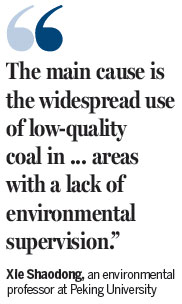
Experts and the national environmental watchdog said the soaring use of coal and industrial pollution are the main reasons behind the severe smog affecting northern areas.
Xie Shaodong, an environmental professor at Peking University, said: "The main cause is the widespread use of low-quality coal in rural regions and in areas with a lack of environmental supervision."
Chai Fahe, deputy director of the China Research Academy of Environmental Sciences, said that even in distant suburban areas of Beijing pollution remains heavy because coal is used for heating and rules are not being enforced strictly.
Feng Yinchang, an environmental professor at Nankai University in Tianjin, said the use of low-quality coal in rural areas is a key source of winter pollution.
Tao Guangyuan, executive director of the Sino-German Renewable Energy Center, said vehicle exhaust emissions are "not that bad" because most Chinese vehicles use similar standards governing petrol that have been adopted in developed countries.
According to environmental authorities, the main source of pollution in Beijing is vehicle exhaust, while in Tianjin it is dust. Coal-burning is the chief culprit in Shijiazhuang.
The authorities have been leading an initiative for high-grade coal to be used along with less-polluting boilers in the countryside. But experts say it is hard to check the day-to-day situation in all villages.
zhengjinran@chinadaily.com.cn
|
Yang Shuqin, a 59-year-old tai chi practitioner in Beijing, holds an iPad at the Temple of Heaven on Tuesday as the city was shrouded in heavy smog. The iPad picture shows the landmark structure during good weather. Zou Hong / China Daily |
(China Daily USA 12/09/2015 page4)
- People exit rebel-held area in Syrian peace deal
- Two DPRK music groups to perform in China
- False bomb alert prompts security measures at Mexico City airport
- Russia fires missiles at IS positions
- US House passes bill to tighten visa waiver program
- Obama, Modi vow to secure 'strong' climate change agreement

 Panchen Lama enthronement 20th anniversary celebrated
Panchen Lama enthronement 20th anniversary celebrated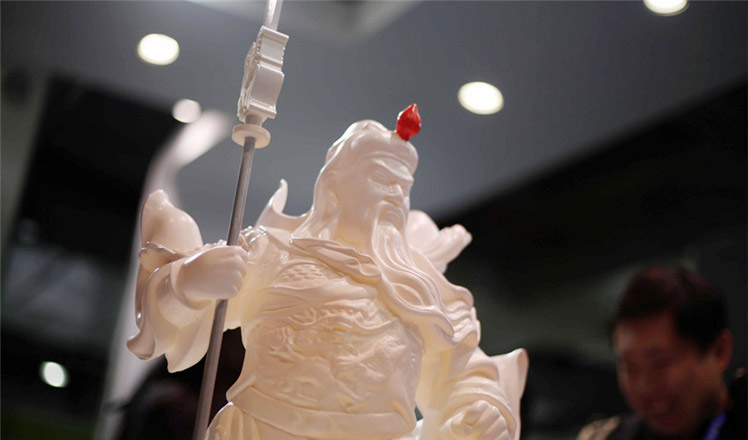
 Printer changes the chocolates into the 3rd dimension
Printer changes the chocolates into the 3rd dimension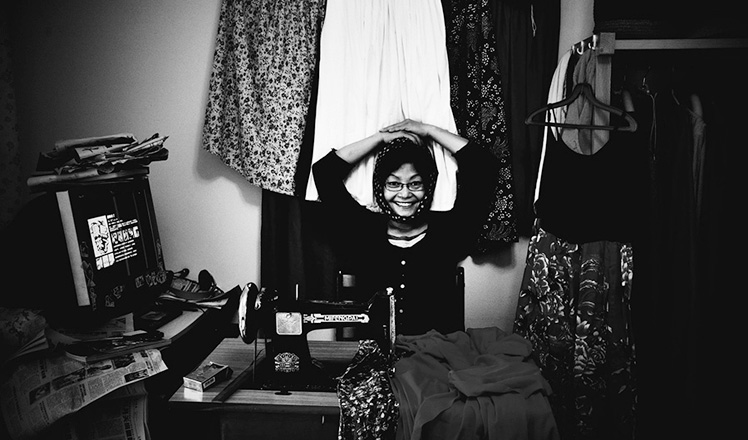
 Think all Chinese dama do is dance, buy gold? Think again
Think all Chinese dama do is dance, buy gold? Think again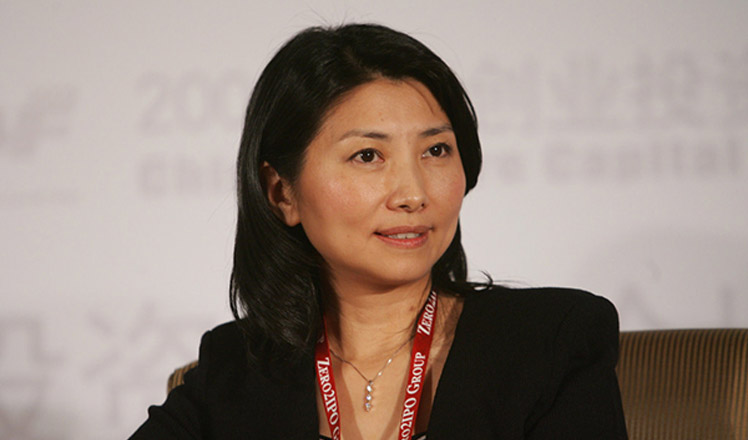
 China's top 10 venture capital firms
China's top 10 venture capital firms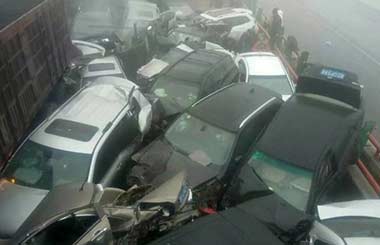
 33-car pileup leaves six dead, four injured in Shanxi
33-car pileup leaves six dead, four injured in Shanxi
 US marks 74th anniversary of Pearl Harbor attacks
US marks 74th anniversary of Pearl Harbor attacks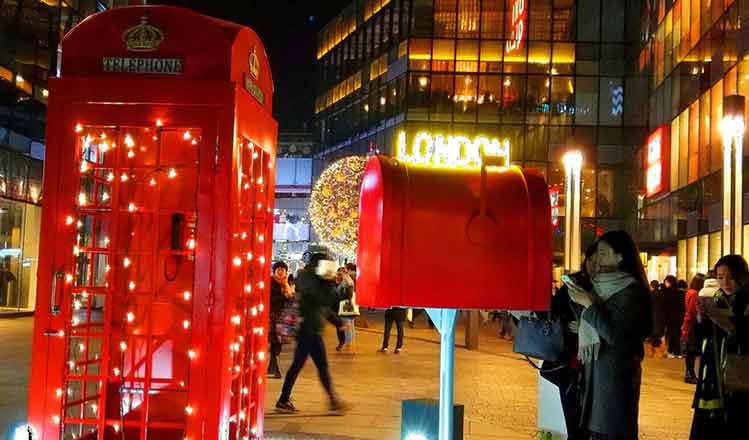
 Christmas lights across the world's shopping districts
Christmas lights across the world's shopping districts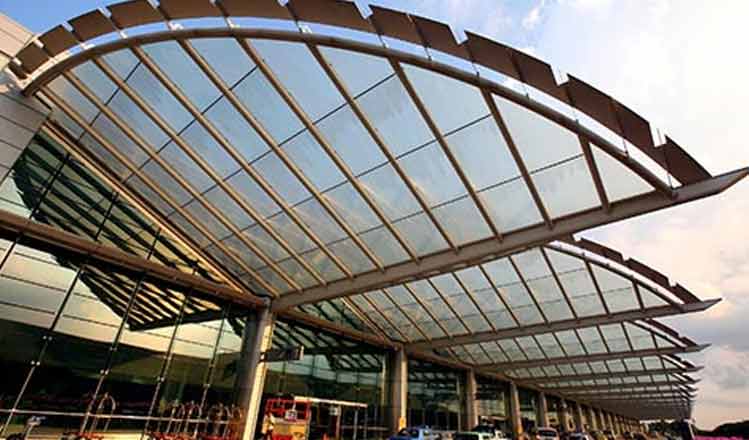
 Top 10 best airports where flight delays aren't a pain
Top 10 best airports where flight delays aren't a pain
Most Viewed
Editor's Picks

|

|

|

|

|

|
Today's Top News
Shooting rampage at US social services agency leaves 14 dead
Chinese bargain hunters are changing the retail game
Chinese president arrives in Turkey for G20 summit
Islamic State claims responsibility for Paris attacks
Obama, Netanyahu at White House seek to mend US-Israel ties
China, not Canada, is top US trade partner
Tu first Chinese to win Nobel Prize in Medicine
Huntsman says Sino-US relationship needs common goals
US Weekly

|

|
